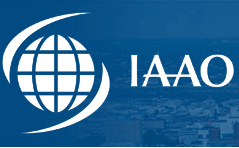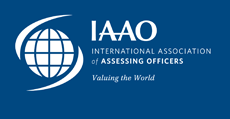Journal of Property Tax Assessment & Administration
Abstract
This article will examine tax increment financing by focusing on its use in Cook County, Illinois, and in particular, its implementation in the City of Chicago. The use of TIF in Chicago has increased to the point that a substantial portion of the property tax base and the land area of the city are now contained within TIF districts. The critical question of whether TIF causes growth (and if so, how much) cannot be sufficiently addressed by simply looking at the property values and money spent. This analysis requires sophisticated statistical research techniques, so that the effects of TIF can be measured while holding everything else equal. Allocating resources to a thorough evaluation of the costs and benefits of TIF should be made a priority by policy makers in Chicago and Cook County. Recent policy efforts have focused on increasing transparency as evidenced by increased reporting by the county clerk, the recommendations of the Civic Federation, and the proposal by Commissioner Quigley to include TIF impact estimates on property tax bills. These are important measures, as one of the significant problems with TIF is the perception that it is free, when there are, in fact, costs to property taxpayers. But such increased transparency is not sufficient to safeguard the public interest. Taxpayers should not only have access to information on TIF districts and funds and their impact on tax bills, but taxpayers should also know what they get in return for higher taxes.
First Page
5
Last Page
28
Keywords
Tax increment finance
Recommended Citation
Farris, S., & Horbas, J. (2009). Creation vs. capture : Evaluating the true costs of tax increment financing. Journal of Property Tax Assessment & Administration, 6(4), 5-28. Retrieved from https://researchexchange.iaao.org/jptaa/vol6/iss4/1


